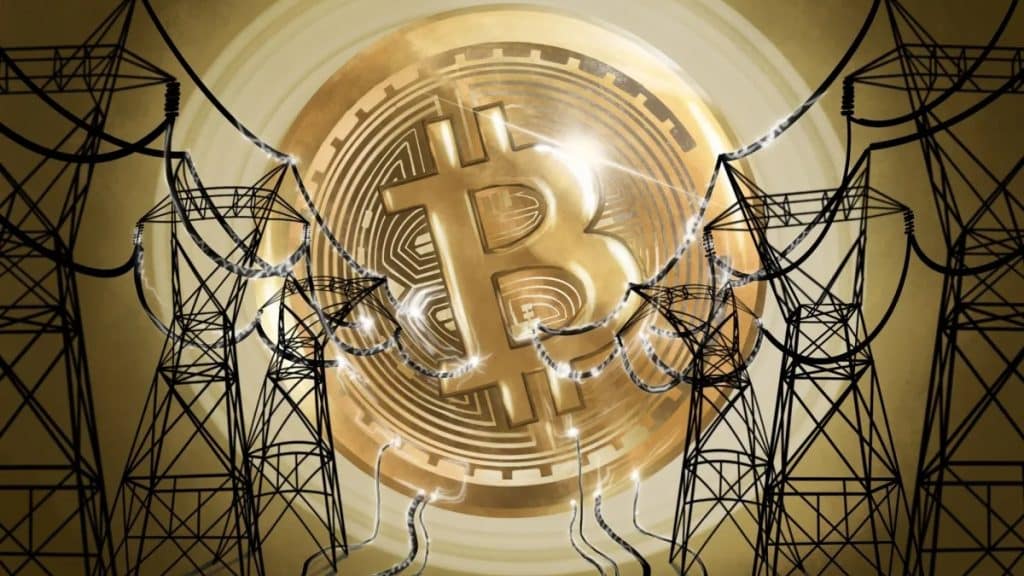The debate over Bitcoin’s energy consumption is contentious, with supporters emphasizing its benefits and critics raising environmental concerns. Understanding the complexities of this issue requires examining factors such as mining difficulty, competitive pressures, and the potential for renewable energy use in mining operations. There is much more to learn about the BTC market and read the trends! Immediate Cypher can help you to explore investing by connecting you with an education firm.
Factors Affecting Mining Difficulty
Mining difficulty in Bitcoin is a critical parameter that directly impacts the energy consumption and efficiency of the mining process. One of the primary factors influencing mining difficulty is the total computational power, or hash rate, of the Bitcoin network. As more miners join the network and contribute their computing power, the overall hash rate increases, leading to a higher mining difficulty. This adjustment mechanism is designed to ensure that new blocks are added to the blockchain at a relatively constant rate, approximately every 10 minutes, regardless of the total hash rate of the network.
Another factor affecting mining difficulty is the level of competition among miners. As the mining difficulty increases, miners need to invest in more powerful and energy-efficient hardware to remain competitive. This competitive pressure drives innovation in the mining industry, leading to the development of more efficient mining rigs and technologies.
The block reward halving mechanism also plays a role in influencing mining difficulty. Approximately every four years, the reward that miners receive for successfully mining a block is halved. This reduction in block rewards can incentivize miners to switch off their mining rigs, particularly if the cost of electricity exceeds the potential rewards. As a result, the total hash rate of the network may decrease, leading to a subsequent decrease in mining difficulty to maintain the desired block time.
External factors, such as changes in electricity prices and government regulations, can also impact mining difficulty. Fluctuations in electricity prices can significantly affect the profitability of mining operations, especially in regions where electricity costs are high. Additionally, regulatory changes that restrict or discourage cryptocurrency mining can impact the overall hash rate of the network, potentially leading to adjustments in mining difficulty.
Overall, mining difficulty is a dynamic parameter that is influenced by a variety of factors, including the total hash rate of the network, competitive pressures among miners, block reward halving events, and external factors such as electricity prices and regulatory changes. Understanding these factors is crucial for miners and industry observers to navigate the complex landscape of Bitcoin mining and its energy consumption implications.
The Energy Consumption Debate
The debate surrounding the energy consumption of Bitcoin mining is multifaceted, with proponents and critics presenting compelling arguments on both sides. Proponents of Bitcoin argue that the energy consumption of the network is justified by the benefits it provides, such as a decentralized payment system and a hedge against inflation. They point out that traditional banking systems and fiat currencies also consume significant amounts of energy, and that Bitcoin’s energy consumption is relatively small compared to these industries.
On the other hand, critics of Bitcoin’s energy consumption argue that the network’s energy use is excessive and unsustainable. They point out that Bitcoin mining consumes more energy than many small countries, and that the environmental impact of this energy consumption is significant. Critics also argue that the energy-intensive nature of Bitcoin mining contradicts its goal of providing a decentralized and efficient payment system. They raise concerns about the long-term viability of Bitcoin’s energy consumption and call for measures to reduce its environmental impact.
One of the key points of contention in the energy consumption debate is the methodology used to calculate Bitcoin’s energy consumption. Critics often rely on estimates that assume all miners are using the least efficient hardware and are powered by fossil fuels, leading to inflated estimates of energy use. Proponents, on the other hand, argue that these estimates do not accurately reflect the reality of Bitcoin mining, as many miners use more efficient hardware and are powered by renewable energy sources.
Another aspect of the debate is the comparison of Bitcoin’s energy consumption to that of traditional banking systems. Proponents argue that Bitcoin’s energy consumption is justified by the benefits it provides, such as lower transaction fees and greater financial freedom. Critics, however, point out that traditional banking systems provide essential services beyond payment processing, such as lending and financial stability, which are not provided by Bitcoin.
Conclusion
The debate surrounding Bitcoin’s energy consumption underscores the need for a nuanced approach. While concerns about its environmental impact are valid, it’s essential to consider the broader context of energy consumption in financial systems. As Bitcoin evolves, finding sustainable solutions will be key to addressing these concerns while preserving its innovative potential.
